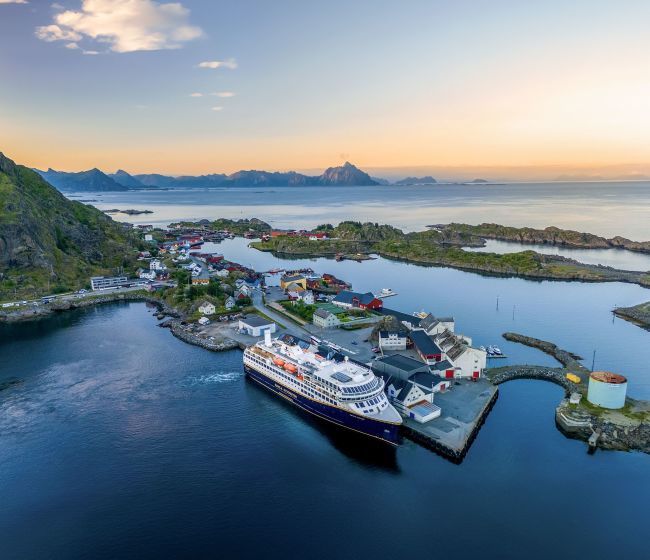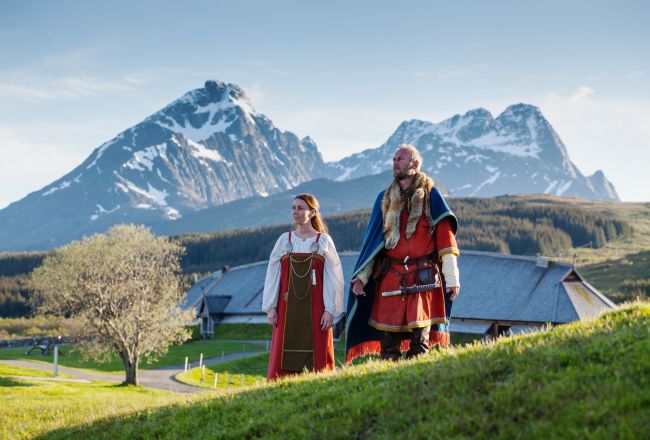Vikings
Vikings
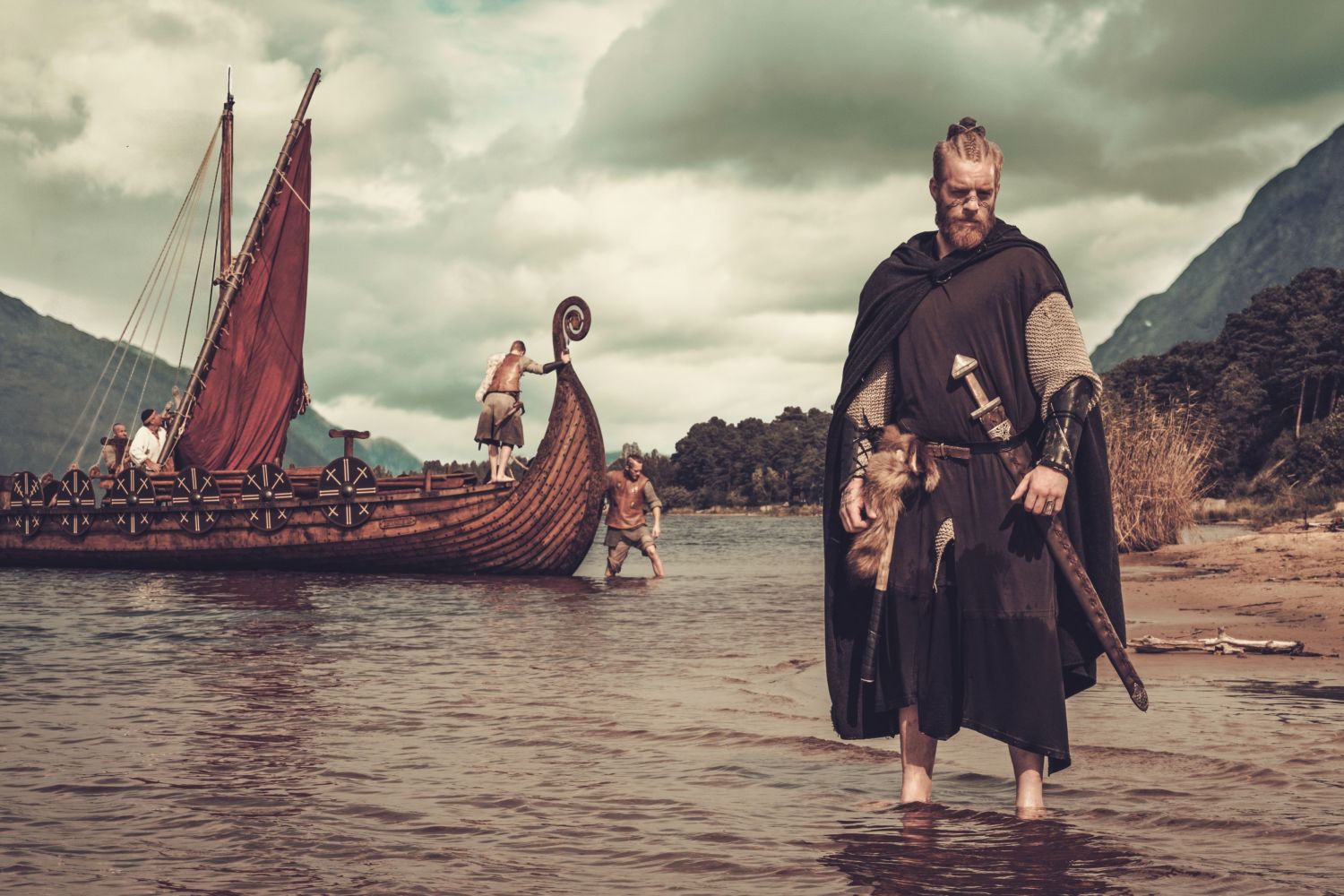
In 793, the monks of Lindisfarne on the west coast of England were attacked by Vikings. This is considered the beginning of the Viking Age - and the beginning of the story of Vikings as brutal attackers. On voyages they needed to have good maritime skills and be able to navigate by the stars and with compasses. They also had to master the art of building boats that could carry large crews and cargo across the high seas for many days. On the way home, they brought gold and goods as well as knowledge and inspiration from the rest of the world. People, such as slaves, monks and priests, were also brought into the country, and they were literally living bearers of knowledge.
Despite their reputation as raiders, the Vikings were also skilled traders. They brought silk from Persia and coins from the Middle East. The Vikings' trade routes stretched all the way to Baghdad via Russian rivers and the Caspian Sea, across the open sea to Iceland and through the Strait of Gibraltar to the Mediterranean and Italy. They settled in several places and ruled over Shetland, the Orkney Islands, the Faroe Islands, Ireland, Iceland and Greenland. The northern part of France, Normandy, is named after the Norwegians and Vikings.
At home, the housewife was waiting. With her belt full of keys to the farm's many houses and rooms, she was the business leader on land. In order to go out into the world, the men needed sails for their boats, and the women helped here. The large Viking ships had 100 square-metre sails. For that you needed 200 kilos of wool from around 2,000 sheep - and this involved much work. The Viking women were more liberated than women elsewhere in Europe. They owned their dowry all their lives and had the right to inherit and divorce. One of the most important finds from the Viking Age in Norway was the discovery of the 22 metre-long Oseberg ship. It was in a burial mound where two women were buried.
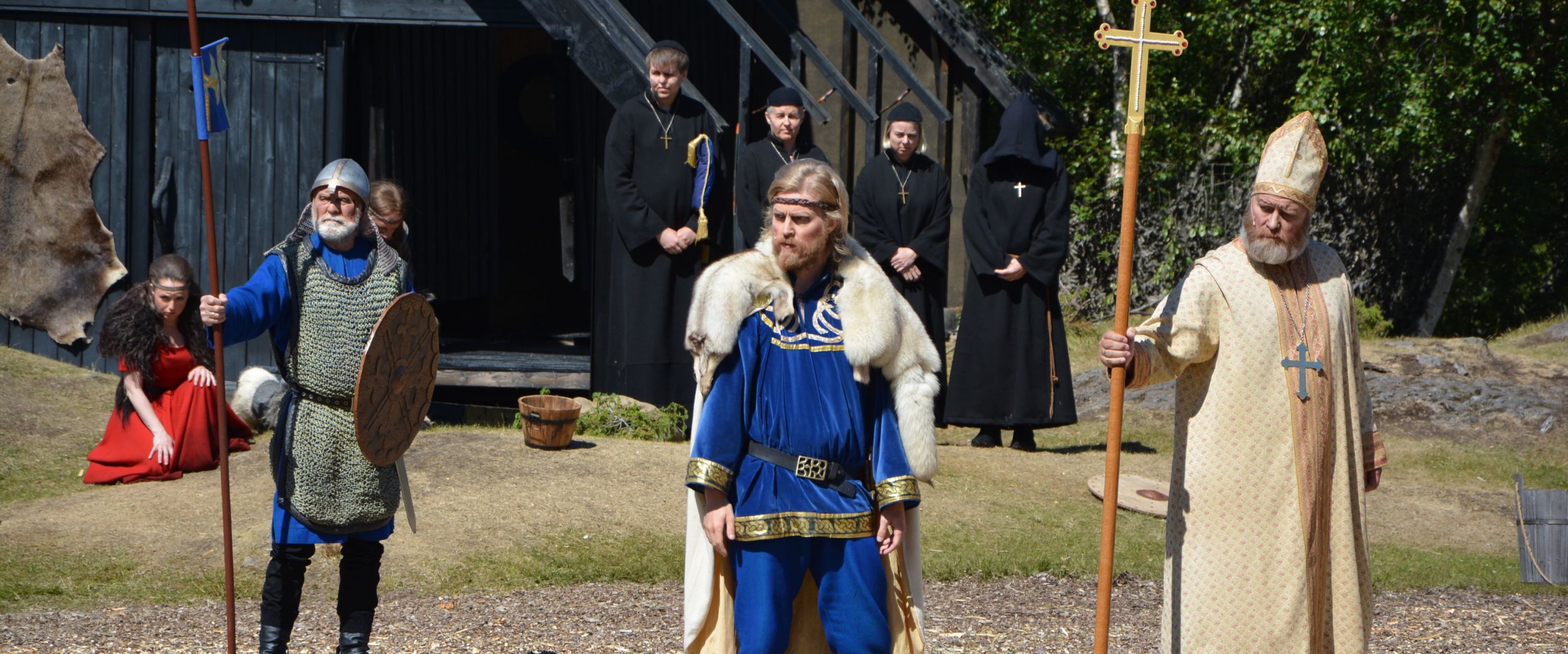
Norse mythology and Christian faith
The Vikings believed in their Norse gods. After death, you could end up in different places. If you died in battle, you went to Valhalla. A place of eternal celebration and war.
Odin was the chief god. He is still referred to in the Nordic name of the middle day of the week, "onsdag", and in Old English, his name was Woden, which has become Wednesday. In German it was called "Wodanstag" for a long time, which has now become "Mittwoch". A perhaps equally well-known Viking god is Thor with his hammer, who creates thunder and lightning across the skies. He is referred to in the Nordic "torsdag": "Thursday" in English and "Donnerstag" in German.
On their voyages—and raids—in Europe, the Vikings encountered the Christian faith. King Olav Haraldsson travelled around Europe for many years, all the way to Palestine and southern Italy. He was baptised in 1013 in Rouen, Normandy, France. Back in Norway, he took control and converted the country to Christianity. He died in the Battle of Stiklestad in 1030. This is considered the end of the Viking Age.
Olav became St Olav. His body was exhumed the year after his death, and his remains were interred on the high altar in St. Clement's Church in Nidaros. Worship of Saint Olav spread throughout Northern Europe, and St. Olav's churches were built throughout the Nordic countries and around Europe in cities such as Novgorod, London and York.
Nidaros also became a place of pilgrimage. In Trondheim, the construction of Nidaros Cathedral began over the grave of St Olav. The church is one of the largest Gothic cathedrals in Northern Europe.

Our voyages
North- and southboundRound Voyage
Bergen → Kirkenes → Bergen
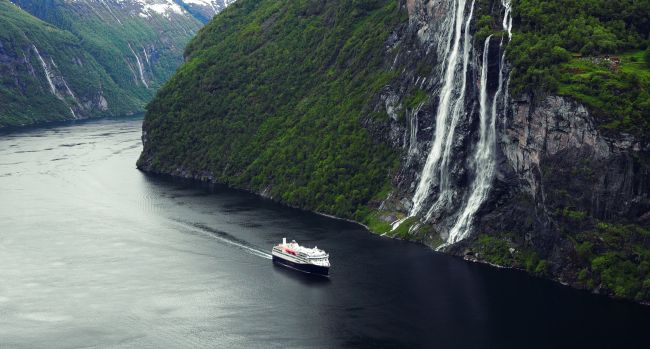
NorthboundVoyage North
Bergen → Kirkenes
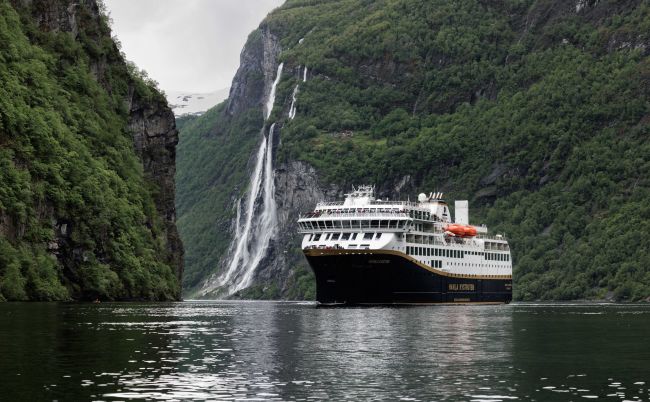
SouthboundVoyage South
Kirkenes → Bergen
